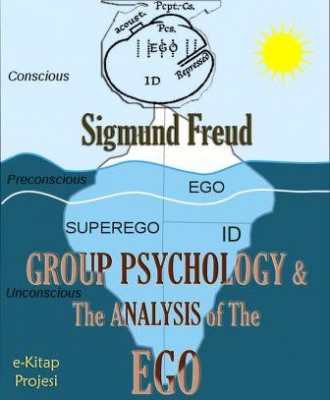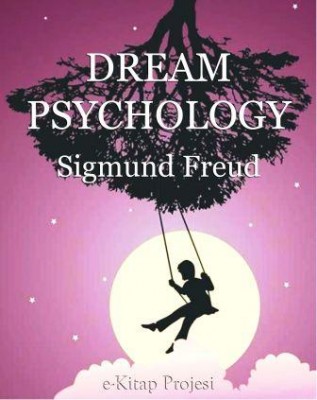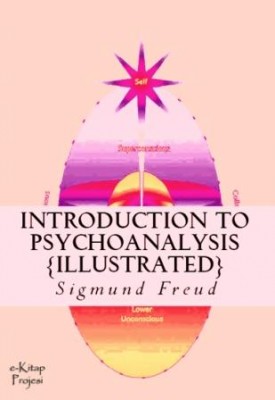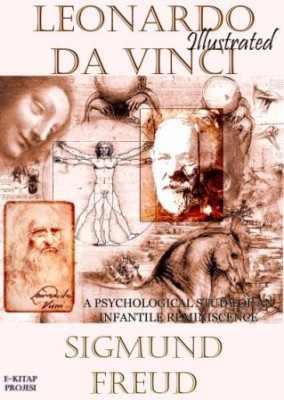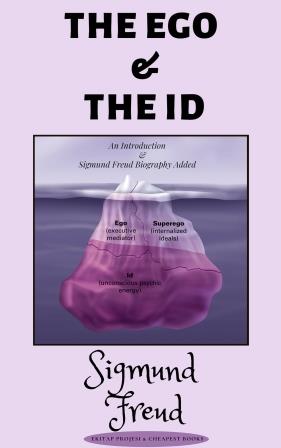More Search Results...
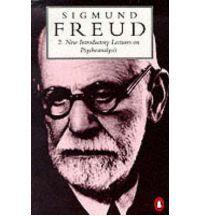
Sigmund Freud (Born Sigismund Schlomo Freud; 6 May 1856 – 23 September 1939) was an Austrian neurologist who became known as the founding father of psychoanalysis.
Freud qualified as a doctor of medicine at the University of Vienna in 1881, and then carried out research into cerebral palsy, aphasia and microscopic neuroanatomy at the Vienna General Hospital. He was appointed a university lecturer in neuropathology in 1885 and became a professor in 1902.
In creating psychoanalysis, a clinical method for treating psychopathology through dialogue between a patient and a psychoanalyst, Freud developed therapeutic techniques such as the use of free association (in which patients report their thoughts without reservation and in whichever order they spontaneously occur) and discovered transference (the process in which patients displace on to their analysts feelings derived from their childhood attachments), establishing its central role in the analytic process. Freud’s redefinition of sexuality to include its infantile forms led him to formulate the Oedipus complex as the central tenet of psychoanalytical theory. His analysis of his own and his patients’ dreams as wish-fulfillments provided him with models for the clinical analysis of symptom formation and the mechanisms of repression as well as for elaboration of his theory of the unconscious as an agency disruptive of conscious states of mind. Freud postulated the existence of libido, an energy with which mental processes and structures are invested and which generates erotic attachments, and a death drive, the source of repetition, hate, aggression and neurotic guilt. In his later work Freud drew on psychoanalytic theory to develop a wide-ranging interpretation and critique of religion and culture.
Group Psychology and the Analysis of the Ego
In Group Psychology and the Analysis of the Ego, (1922), Sigmund Freud based his preliminary description of group psychology on Le Bon's work, but went on to develop his own, original theory, related to what he had begun to elaborate in Totem and Taboo. Theodor Adorno reprised Freud's essay in 1951 with his Freudian Theory and the Pattern of Fascist Propaganda, and said that "It is not an overstatement if we say that Freud, though he was hardly interested in the political phase of the problem, clearly foresaw the rise and nature of fascist mass movements in purely psychological categories.
More info →Dream Psychology
The Interpretation of Dreams (German: Die Traumdeutung) is a book by psychoanalyst Sigmund Freud. The book introduces Freud's theory of the unconscious with respect to dream interpretation, and also first discusses what would later become the theory of the Oedipus complex. Freud revised the book at least eight times and, in the third edition, added an extensive section which treated dream symbolism very literally, following the influence of Wilhelm Stekel. Freud said of this work, "Insight such as this falls to one's lot but once in a lifetime."
More info →Introduction to Psychoanalysis
Introduction to Psychoanalysis (German: Vorlesungen zur Einführung in die Psychoanalyse) is one of the most famous works of Sigmund Freud, calculated for a wide readership. In its first part (from 1st to 28th lecture) Freud enthusiastically outlines his approach to the unconscious, dreams, the theory of neuroses and some technical issues in the form in which it was formulated at the time of reading the lectures in Vienna in 1916-1917. From some positions outlined here Freud subsequently refused, many supplements and develops or revises in his later works. The second part ("new lecture series, from 29th to 35th) has never been read before to public, it features a different style of presentation, sometimes requiring the reader to training, sometimes polemical.
More info →Leonardo Da Vinci: “A Psychological Study of an Infantile Reminiscence”
Leonardo da Vinci and A Memory of His Childhood, 1910 is an essay by Sigmund Freud about Leonardo da Vinci's childhood. It consists of a psychoanalytic study of Leonardo's life based on his paintings.
More info →The Ego and the ID
In his later work, Freud proposed that the human psyche could be divided into three parts: Id, ego and super-ego. Freud discussed this model in the 1920 essay Beyond the Pleasure Principle, and fully elaborated upon it in The Ego and the Id (1923), in which he developed it as an alternative to his previous topographic schema.
More info →

























